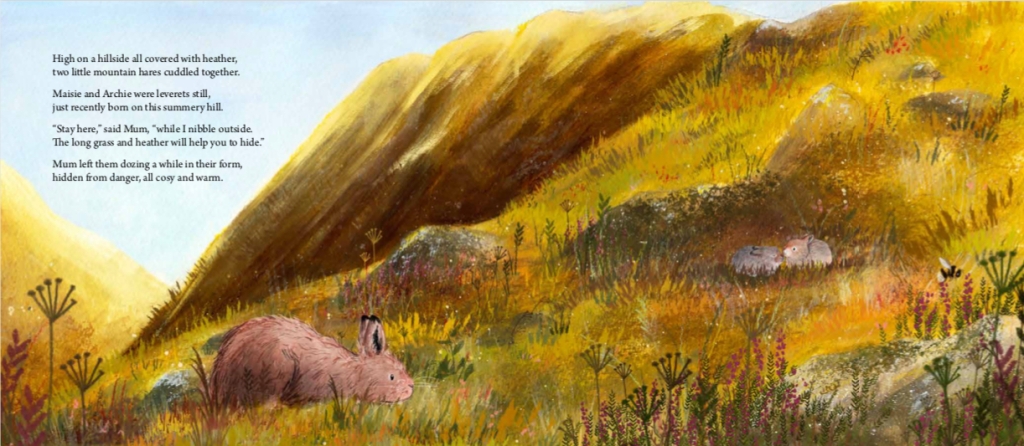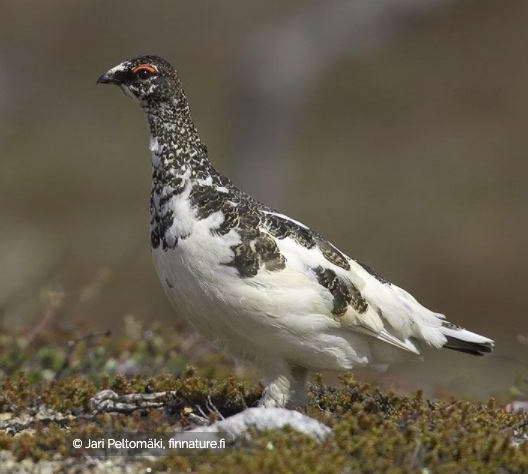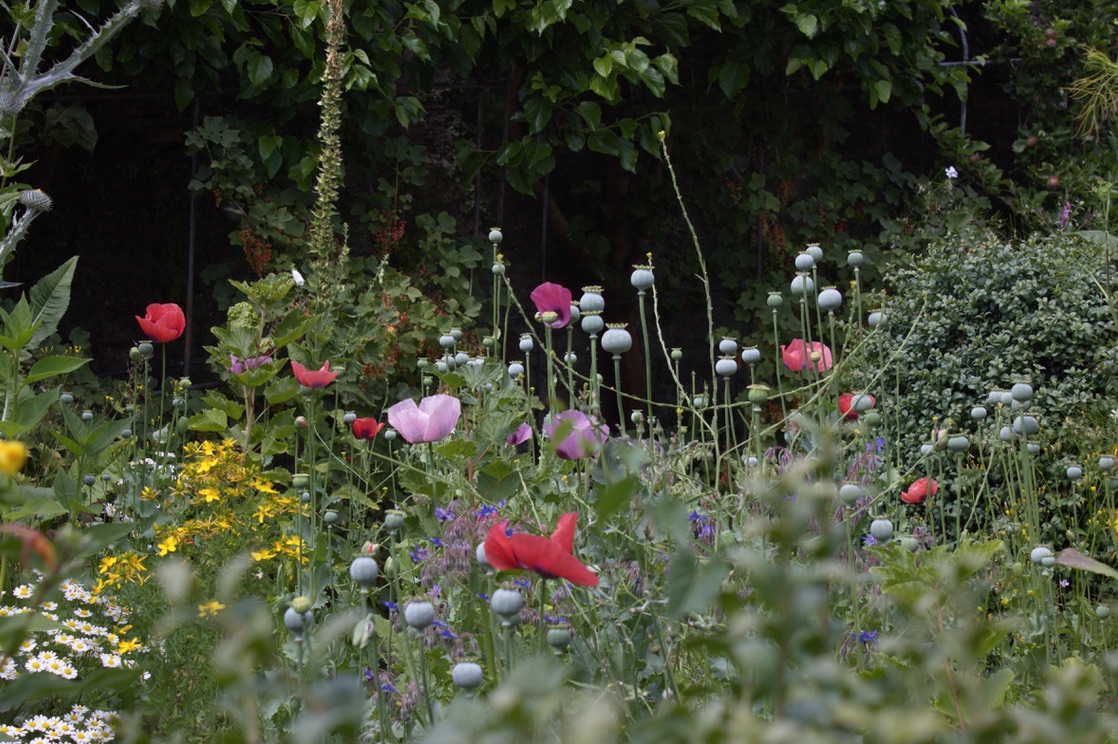There are many reasons why I feel lucky to live in Glasgow, and the most recent one is that Banksy has chosen to hold his first exhibition for 14 years at the Gallery of Modern Art here. It seems we have the cheeky traffic cone perched on the head of the Duke of Wellington to thank for that, according to Banksy himself. He says the statue is his favourite work of art in the UK, no doubt because it reflects his own attitude towards authority. Despite regular attempts by police and Glasgow City Council to remove the cone, another one magically appears the next day (and sometimes one on the horse’s head as well!) I think the authorities must have given up now, as it’s been that way for about 40 years.
I was discouraged back in June to discover that the Banksy Cut & Run exhibition had sold out in three days. Luckily, the gallery soon decided to stay open until 11pm on weekdays and through the night on weekends, creating lots more opportunities for Banksy fans to visit the gallery as late as 5am, should they choose. If you’re lucky you can also turn up early any day and secure a ticket, so I was able to get in one Sunday morning. The exhibition runs until Monday 28 August, so there’s still time to see it if you are in the city.
I don’t have permission to post any photographs of the exhibition (though I have put in a request) so in the meantime you will just have to imagine the highlights I will list here (or buy yourself a copy of the book pictured above, which is available from the GOMA shop online). Now, on to my favourite Banksy works from the exhibition:
A wall-size stencil of a Jean-Michel Basquiat self-portrait being stopped and searched by two classic Banksy stencilled cops. This was painted on the Barbican gallery wall in 2017 on the occasion of a Basquiat retrospective exhibition there. Banksy was imagining the type of welcome a New York graffiti artist like Basquiat might expect from the London authorities.
An image of a council worker who grows bored with painting double yellow lines along the roadside and decides to bump his roller up the curb, across the pavement and then up a nearby wall, painting a giant yellow flower. The worker himself is stencilled on the wall too, sitting on a can of yellow paint, roller in hand.
The testimonial of a staff member at Dismaland, the parody of saccharine Disneyland created in 2014 in Weston-super-Mare. In a world of burnt-out ice cream vans, grim iron-grey castles and condemned rides, the staff wore Mickey Mouse ears made of paint tin lids and had been trained to be as rude as possible to visitors. One tourist was desperate to buy the last “I’m an imbecile” balloon, so the staff member took his money, popped the balloon in front of him and handed him the string.
The cattle truck full of soft toy cows, pigs and sheep. This large vehicle takes up a lot of space in the main gallery, and the animals’ heads poking out of the gaps in the truck seem to move. When you get round to the other side of the truck, there are steps leading up inside. Visitors are invited to climb in and animate the puppets for the people following them. This truck was driven around New York City for a month in 2013, with puppeteers working the animal puppets with both hands and foot pedals for eight hours a day. Banksy remarks wryly that this “ironically might be even worse conditions than the animals are put through.”
That’s just a taste of the many brilliant works on display in the Cut & Run exhibition. If I hear from Banksy’s people about permission to post photos I’ll be back to share those. In the meantime, I can highly recommend the show!



































